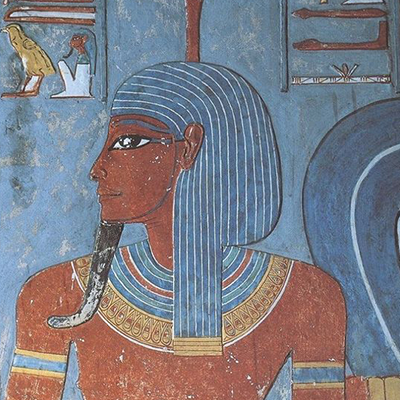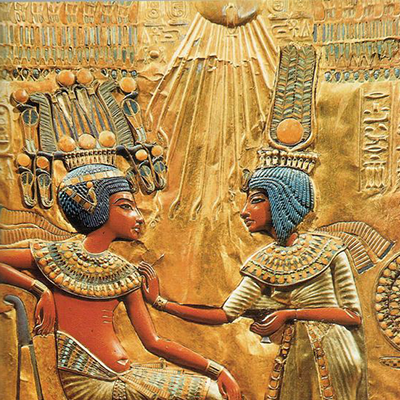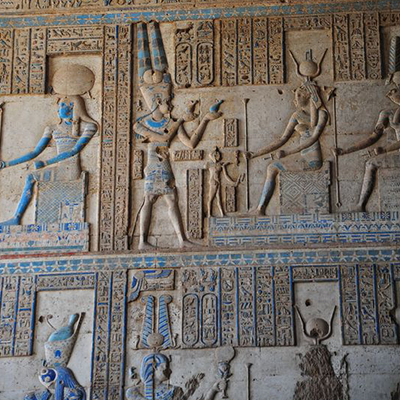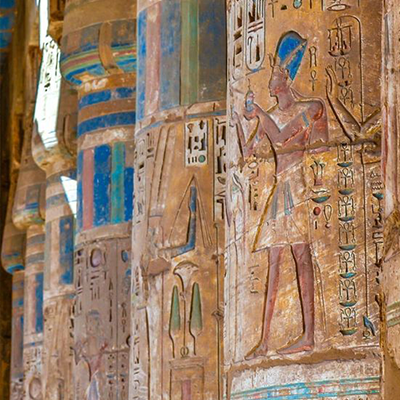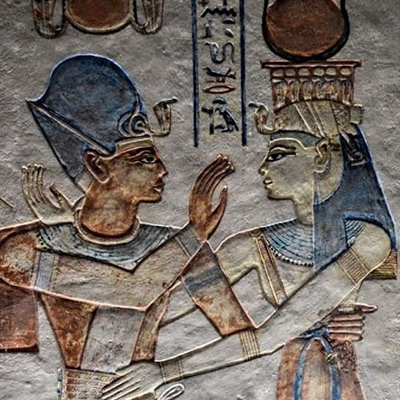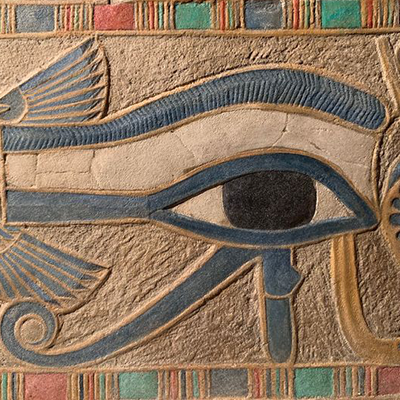2 Nomenclature
EB is listed in the Colour Index with the Generic Name PB31 and the Constitution Number 77437 (colour-index. com). Some common names other than «Egyptian Blue» in use for EB include «Alexandrian Blue», «Pozzuoli Blue», «Vestorian Blue», and «Pompeian Blue» (Riederer 1997).
Those names are overall related to the production and use of EB in Roman times (see Sect. 4). In the literature, EB is also widely referred to as «blue frit» (Hatton et al. 2008; Warner 2011; Lazzarini and Verità 2015; Grifa et al. 2016). However, some scholars pointed out that referring to EB as «blue frit» could be misleading, since it seems that there is some disagreement about the proper use of the term «frit» (Lee and Quirke 2000; Nicholson and Henderson 2000; Clegg 2014). To avoid ambiguity in terminology, in this work «Egyptian blue» (shortened «EB») will be used to refer to artifcially produced modern or archaeological specimens of pigment or ceramic material (i.e., mainly constituted by CaCuSi4O10 but overall containing also other amorphous or crystalline phases), while «cuprorivaite» will be used for the natural or artifcial pure crystalline CaCuSi4O10. May be worth noting that the terminology “Egyptian blue” has also been used as a way to identify a web color (Wenerstrom and Kantardzic 2011) or a specifc tone of blue, e.g., with the following standardized set of values in diferent color coordinates systems: Hex Code: #1034A6; RGB: 16, 52, 166; CMYK: 90%, 69%, 0%, 35%; HSV/HSB: 226°, 90%, 65%; Closest Pantone: 286 C (color-name.com). However, such kind of standardizations should be used carefully and are possibly misleading, since EB does not have a specifc color but is associated with a range of colors (see also Sect. 3.3). CP and CB pigments, unlike EB, have no Generic Name in the Colour Index nor they have been in general standardized in color coordinates systems. CP and CB are widely known also with their previous names, i.e., «Han purple» and «Han blue» but it has been pointed out that those terminologies could be misleading (Berke et al. 2009).
Indeed, the former names of these two ancient artifcial pigments based on barium–copper silicates derive from a proposal by FitzHugh and Zycherman that related them to the Han dynasty, since the fnds in which they were initially identifed mainly belong to that period, i.e., 206 BCE–220 CE (FitzHugh and Zycherman 1983, 1992). However, more recently it turned out that both pigments were highly widespread even long before the times of the Han Dynasty (Ma et al. 2006), thus the renaming (Berke et al. 2009). Analogously to EB, in this work «Chinese Purple» (shortened «CP») and «Chinese Blue» (shortened «CB») will refer to the respective archaeological specimens or modern products obtained by artifcial syntheses (i.e., overall containing also amorphous or crystalline phases other than BaCuSi2O6 and BaCuSi4O10, respectively). The terms «colinowensite» and «effenbergerite» will be, instead, reserved for the natural or artifcial pure crystalline compounds BaCuSi2O6 and BaCuSi4O10, respectively. Artifcial wesselsite (SrCuSi4O10) has been occasionally found in anthropogenic ancient blue pigments. It can be argued that its presence occurred unintentionally due to difculties in distinguishing the relatively rare Sr-containing minerals from Ca analogs (Berke and Wiedemann 2000). BaFeSi4O10 (gillespite), MCrSi4O10 (M=Ca, Sr or Ba), and BaMgSi4O10 have not been so far found as a component of any ancient pigment. Wesselsite, gillespite, and the remaining two-dimensional silicates related to EB are not commonly used as pigments and have no common names being generally known only by their own mineralogical or chemical names.
